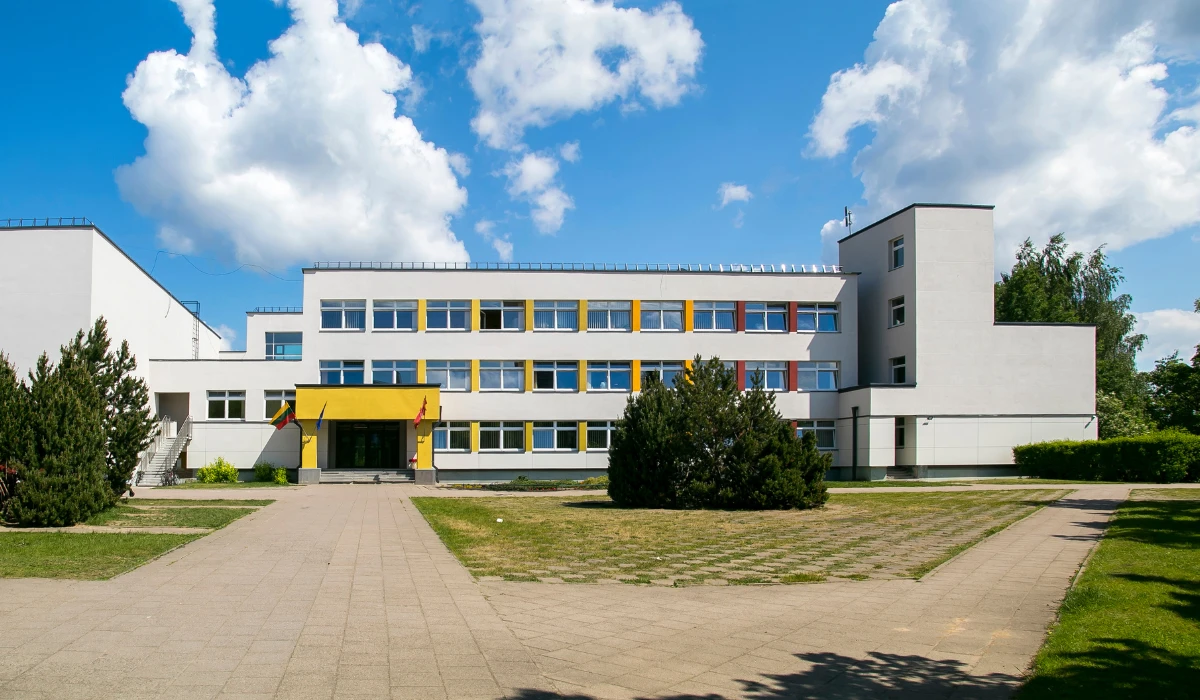Finland’s approach to schooling is flipping the script on what it means to educate a child. There’s no stress over test prep, no tears over homework piling up, and teachers leave the building by mid-afternoon. It sounds like a utopia. Yet, it’s real and backed by decades of global academic achievement.
Finland didn’t set out to design the “world’s best education system.” In fact, what many describe as a top-tier model was more of an evolution than a master plan.
So, what exactly is Finland doing? Here’s the blueprint:
- There are no standardized tests (except for one exam at the end of high school).
- Minimal homework: Kids can be kids and enjoy life outside of school.
- Shorter school days: 9 a.m. to 2 p.m. is the standard.
- Smaller class sizes and more autonomy for teachers.
- Teachers earn the same respect (and nearly the same pay) as doctors.
- Rigorous teacher training: Every teacher must hold a master’s degree, fully subsidized by the government.
- Education is 100% free: From pre-K to college, including school meals, supplies, and transportation.
So, how is this translating? Finnish students consistently rank among the top in the world on the Programme for International Student Assessment (PISA), which measures 15-year-olds’ ability to apply knowledge in reading, math, and science.
The Finnish success isn’t built on a testing obsession; it’s built on trust in children to explore and learn and in teachers to guide them. Compare that to the U.S., especially New York, where education is often a stress-inducing, bureaucratic behemoth. Children face countless hours of testing starting in third grade. Homework begins as early as kindergarten. In places like NYC, the school day may stretch to 3:30 p.m., with many teachers staying even later to meet excessive documentation and compliance demands.
And let’s be frank: Our system doesn’t treat teachers as respected professionals. The average teacher salary in New York hovers around $87,000; though decent on paper, it’s still far less than the salaries of doctors, lawyers, or engineers, despite the intense demands and rising costs of living. The prevalent feedback is that teachers are overworked, underappreciated, and politically scapegoated.
And what about college? In the U.S., college is an expensive gamble. Students rack up tens of thousands in debt without the guarantee of a high-paying job. Finland, on the other hand. College is free. No loans. No stress. And with a strong vocational pathway, not every student is expected to go to a university, and that’s okay.
With no testing and minimal homework, some may ask: Are Finnish kids lacking? Not at all.
According to data from Finland’s Ministry of Education and Culture, about 66% of Finnish students pursue higher education, one of the highest rates in the EU. Moreover, youth unemployment in Finland is significantly lower than in many Western countries, thanks to a strong system that links education with employment opportunities and a robust welfare state that invests in young people.
Instead of pushing everyone into a one-size-fits-all college pipeline, Finland emphasizes personal fulfillment and societal contribution. Whether a child becomes an engineer, artist, or mechanic, the system ensures they have the tools to succeed.
What Would It Take for the U.S. to Catch Up?
Let’s not sugarcoat it: importing Finland’s education model would require a cultural and political revolution. Here are just a few steps it would take:
- End High-Stakes Testing: Shift assessment from test scores to holistic, portfolio-based evaluations.
- Reform Teacher Prep and Pay: Create free or low-cost graduate programs for educators and pay salaries equivalent to other master-level professions.
- Shrink Class Sizes: Give teachers room to personalize instruction and build relationships.
- Embrace Play and Mental Health: Reduce homework. Prioritize recess. Introduce mindfulness, not metal detectors.
- Free College and Trade Programs: Provide real pathways to employment without overwhelming student debt.
- Empower Local Schools: Cut down on top-down mandates and allow schools to design programs that meet community needs.
Finland’s education system is not perfect, but it proves a fundamental truth: When you invest in children and trust educators, success follows.
What the U.S. needs is the will.





